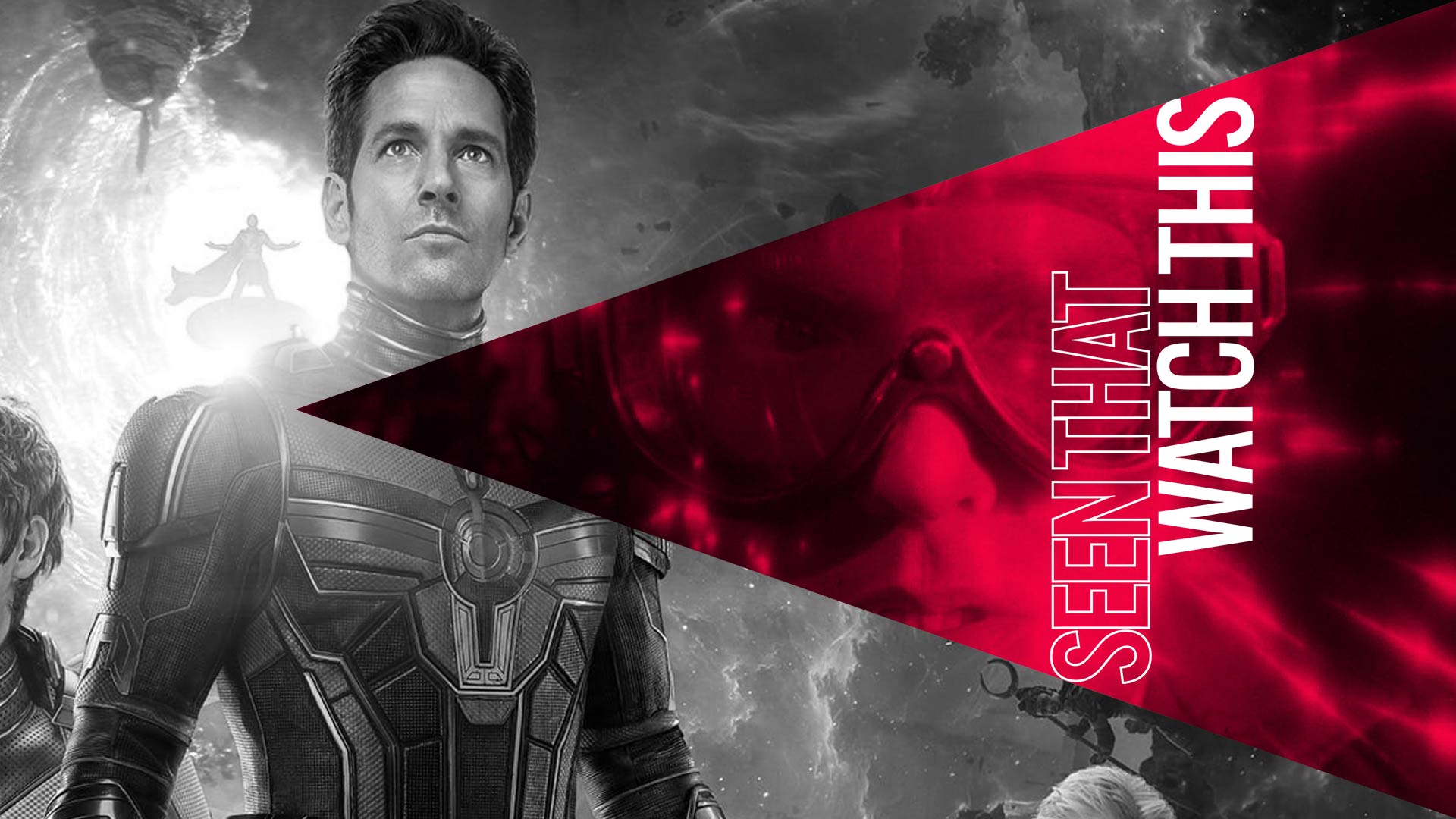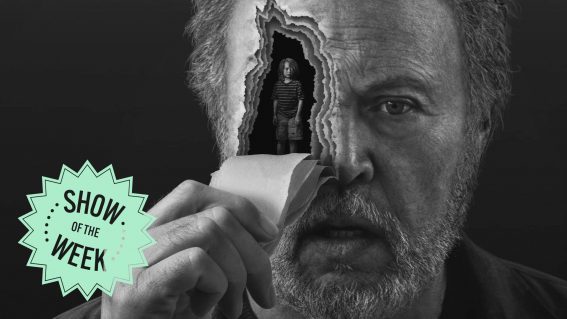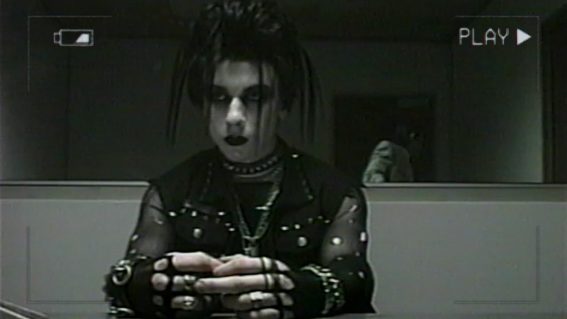Instead of Ant-Man 3, watch Innerspace—Joe Dante’s delightful 80s classic

Seen That? Watch This is a weekly column from critic Luke Buckmaster, taking a new release and matching it to comparable works. This week, the disappointing Ant-Man and The Wasp: Quantumania leads him to revisit Innerspace.
Ant-Man and The Wasp: Quantumania
The makers of Ant-Man and The Wasp: Quantumania don’t appear to understand—let alone exploit—the core appeal of narratives involving absurdly shrunken, miniature humans. For me this appeal involves making a point that adventure is relative, and platforms for interesting drama can be found everywhere i.e. under the floorboards, in the cupboard, in a dust pan, in a doll house, on a box of crackers.
Or—recalling an entertaining moment from the first Ant-Man movie—atop a moving Thomas the Tank Engine train set. That scene was over too soon, but, in light of the crushingly disappointing Ant-Man and The Wasp: Quantumania, it now feels almost like a minor miracle: an occasion in which the filmmakers had some fun playing with size and scale, using small things to create a charming sense of largesse.
Within 10 minutes of Quantumania, Scott Lang aka Ant-Man (Paul Rudd) and his family get sucked into the “Quantum Realm”, a subatomic tier of reality textured with goopy screensaver-like backgrounds. Here most characters are similar sizes and perceive things from the same or very similar spatial orientations. The ability of Ant-Man, Wasp (Evangeline Lilly) and Lang’s daughter Cassie Lang (Kathryn Newton) to shrink and enlarge themselves is used mostly as a combat tool, rather than empowering director Peyton Reed to change perspective and visuality.
The MCU’s “oh look, shiny!” ethos once more goes into overdrive, infecting background aesthetics in almost every sequence, while paradoxically offering nothing interesting to look at. Rather than providing a fun surreal environment, the world of the Quantum Realm is depressingly familiar, from its many Star Wars-esque embellishments to yet another villain from Central Casting. Jonathan Majors’s dastardly Kang the Conqueror is a bitterly depressed fellow, determined to exact revenge due to a backstory nobody cares about—marking the latest baddie who huffs and puffs about ending the world when he probably just needs a stiff drink.
For a “miniature person” movie with a sense of wonder and a cheeky humour far beyond the reach of MCU’s algorithms, ditch the new Ant-Man and consult Joe Dante’s 1987 classic Innerspace—a gloriously fun movie featuring an absurd heroic partnership between Dennis Quaid and Martin Short. The film’s opening shot communicates that size is a matter of perspective, depicting what looks like massive crater-sized crystal surfaces, refracting various lights and colours. The director then zooms out to reveal these are ice cubes in a glass of whiskey.
Innerspace
The story pivots around the career of disgraced U.S. Navy aviator Lt. Tuck Pendleton (Quaid), who volunteers to participate in a pioneering “miniaturization experiment”. The plan—announced with turns of phrase such as “commencing molecular isolation!”—is to shrink Pendleton and his pod down to a microscopic size, then inject him via syringe into the body of a rabbit. The experiment goes haywire when a bunch of goons, who recognize the value of this revolutionary new tech, storm into the lab and attempt to steal it—including the now very very small aviator. One of the head scientists (John Hora), however, narrowly escapes, running away with Pendleton in a syringe in his pocket.
All of this is deliciously outrageous, but it gets better. Panicked, desperate and chased by a terminator-like villain, the scientist, in order to safeguard the technology, injects Pendleton into the body of a stranger at a mall—an unlucky man under strict instructions from his doctor to rest and avoid anything exciting. This is Short’s Jack Putter: a flustered, highly strung, burnt-out mess, played by the comedian with an adorably angsty charm. Watching Putter come to terms with the fact that there’s a small person inside him (Pendleton can talk to him, and observe his vision) is a real pleasure.
Once the goons begin chasing Putter, and Pendleton advises him on what to do, Innerspace starts firing on all cylinders, combining on-the-run action with surreal spectacle. Even when the pace momentarily wanes in its second hour (it should have been a tight 90 minutes) the pluck and spirit of the film prevails. The bizarre setting of Putter’s body allows Dante carte blanche to create colourful and visually interesting environments, but he never forgets that this is at heart a story about collaboration—between a reluctant hero, and a hero inside that hero, who combine to form…a different kind of hero. So eat your heart out, Ant-Man: this miniature movie has a big heart and the kind of fun-loving personality the MCU can only dream of.


















